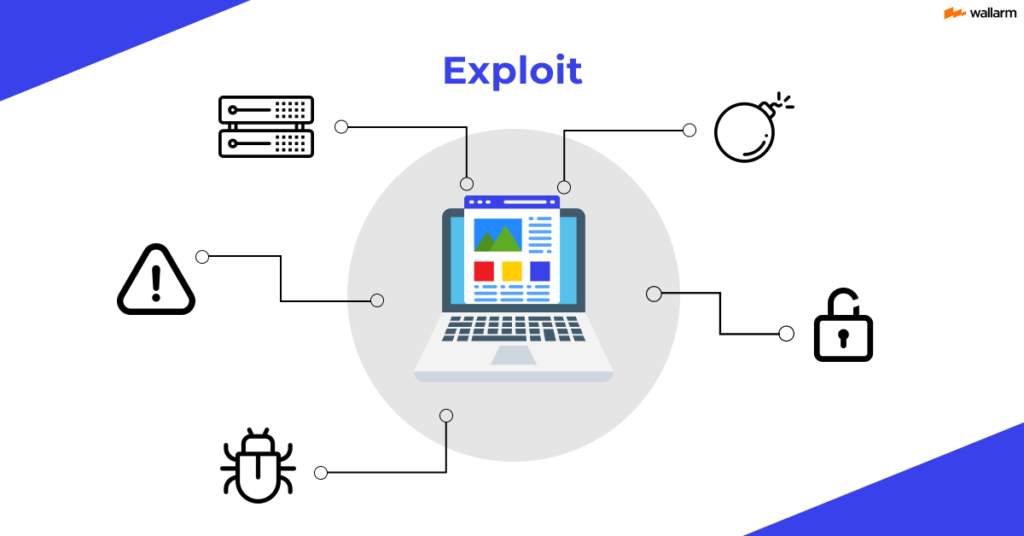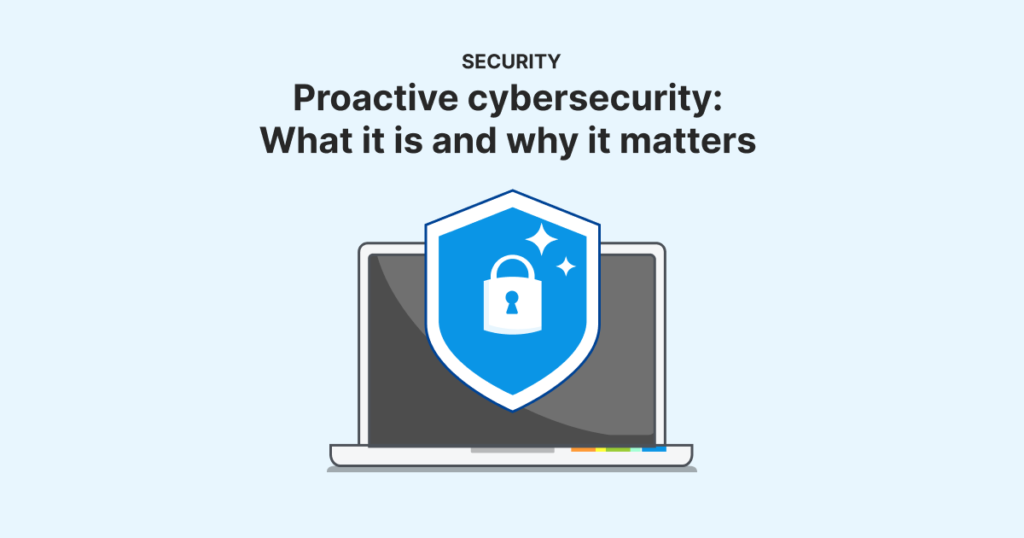Akira And Fog Ransomware Attacked 48,000+ Vulnerable SonicWall Devices

Hoplon InfoSec
07 Jan, 2025
A critical security vulnerability in SonicWall devices has exposed over 48,000 systems worldwide to potential ransomware attacks. Identified as CVE-2024-40766, this flaw has become a prime target for cybercriminal groups, including the notorious Akira and Fog ransomware operators. Despite the availability of patches, many organizations remain vulnerable due to slow adoption or lack of awareness.
Understanding CVE-2024-40766
CVE-2024-40766 is a critical improper access control vulnerability affecting SonicWall’s SonicOS operating system, which powers its firewall and VPN devices. With a CVSS score of 9.3, this flaw is categorized as severe and allows attackers to gain unauthorized administrative access to affected systems. Once exploited, the vulnerability can lead to data breaches, operational disruptions, and deployment of ransomware, leaving organizations in peril.
First disclosed in September 2024, CVE-2024-40766 has since been actively exploited by cybercriminal groups. Despite SonicWall’s release of patches in August 2024, an alarming number of devices remain unpatched, creating a significant cybersecurity risk.
Akira and Fog ransomware: Exploiting the Vulnerability

The Akira and Fog ransomware groups have been particularly aggressive in exploiting CVE-2024-40766. Investigations reveal that these groups specifically target organizations using unpatched SonicWall devices as their initial access vector. Between September and December 2024, over 100 companies fell victim to these ransomware groups through this exploit.
The Scope of the Attacks
According to a report by Macnica, attacks exploiting CVE-2024-40766 accounted for approximately 46% of organizations identified on ransomware leak sites as victims of Akira and Fog. This figure is significantly higher than less than 5% of SonicWall usage among victims of other ransomware groups. This disparity underscores Akira and Fog’s strategic focus on exploiting this vulnerability.
These attacks have not been industry-specific, impacting small and large organizations across various sectors. Approximately 75% of the attacks deployed Akira ransomware, while Fog was used in the remaining 25%. The time between initial access and encryption has been alarmingly short, ranging from as little as 1.5 hours to 10 hours. This rapid progression emphasizes the urgency of securing vulnerable systems.
The Current State of Vulnerable Devices
As of late December 2024, at least 48,933 SonicWall devices remain unpatched and exposed to potential exploitation. This staggering number highlights a critical gap in cybersecurity practices despite repeated warnings from SonicWall and security experts.
The slow adoption of patches can be attributed to several factors, including operational challenges, resource constraints, or a lack of awareness among affected organizations. Regardless of the reasons, the continued vulnerability of these devices presents a serious risk to global cybersecurity.
Steps to Mitigate the Risk
Organizations using SonicWall devices must promptly address this vulnerability and protect their networks from ransomware attacks. The following measures are critical:
Apply Patches Immediately
Updating to the latest firmware versions provided by SonicWall is the most effective way to secure devices against CVE-2024-40766. Organizations should prioritize this step to close the exploit window and prevent unauthorized access.
Restrict Access
Limiting management access to trusted IPs and disabling WAN management from public internet sources can significantly reduce the risk of exploitation. Organizations can add an additional layer of protection by ensuring that only authorized personnel have access to management interfaces.
Monitor Networks
Continuous network monitoring is essential for detecting suspicious activity that may indicate potential exploitation attempts. Implementing robust intrusion detection and prevention systems can help organizations identify and respond to threats in real-time.
Conduct Regular Security Audits
Regular security audits can help organizations identify vulnerabilities and assess the effectiveness of their cybersecurity measures. To ensure comprehensive protection, these audits should include penetration testing and vulnerability assessments.
Educate Employees
Raising awareness among employees about the risks associated with unpatched systems and phishing attempts can reduce the likelihood of successful attacks. Training programs should emphasize the importance of cybersecurity hygiene and best practices.
The Importance of Proactive Cybersecurity Measures

The exploitation of CVE-2024-40766 by Akira and Fog underscores the urgent need for proactive cybersecurity measures. Ransomware attacks can have devastating consequences, including financial losses, reputational damage, and operational disruptions. By taking immediate action to address this vulnerability, organizations can reduce risk and safeguard their assets.
Lessons Learned from Recent Attacks
The targeted exploitation of SonicWall devices highlights several key lessons for organizations:
- Patch Management is Critical: The timely application of patches is essential to prevent the exploitation of known vulnerabilities.
- Cybersecurity Awareness Matters: Organizations must prioritize educating employees and stakeholders about emerging threats and vulnerabilities.
- Preparedness Reduces Impact: An incident response plan can help organizations minimize the damage caused by ransomware attacks.
Conclusion
The CVE-2024-40766 vulnerability in SonicWall devices remains a pressing concern, with over 48,000 systems still at risk. Akira and Fog ransomware groups’ aggressive exploitation of this flaw underscores the need for immediate action. Organizations must prioritize patching, restrict access, monitor networks, and adopt a proactive approach to cybersecurity to mitigate this critical threat.
By addressing these vulnerabilities and implementing robust security measures, organizations can protect themselves from becoming the next victims of sophisticated ransomware campaigns. The time to act is now—before the next attack strikes.
For more:
https://cybersecuritynews.com/48000-vulnerable-sonicwall-devices/
Share this :